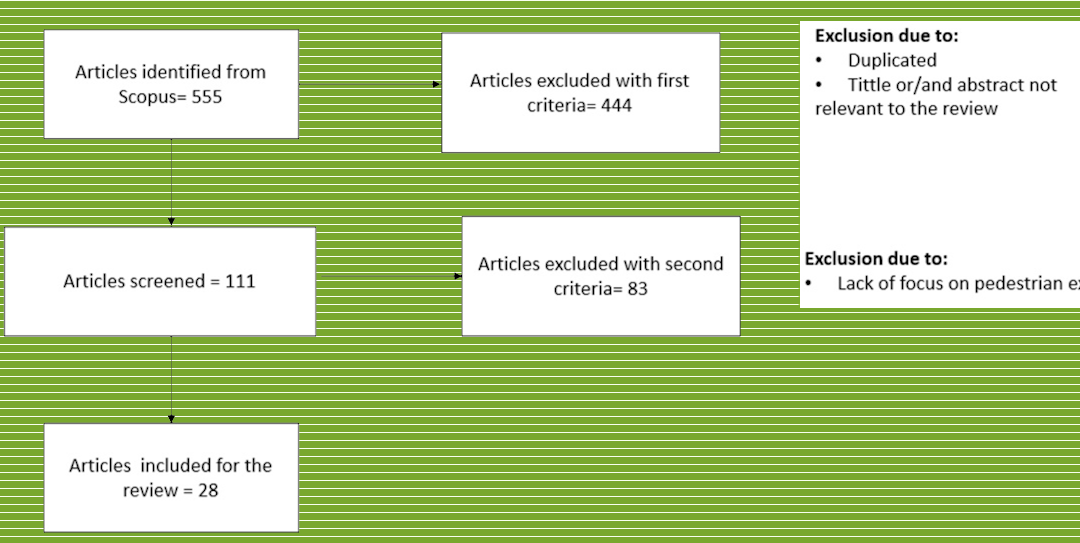By: Rodriguez-Camarena, C.; Gonzalez-Olivardia, F.
Abstract
In recent years, computational fluid dynamics (CFD) has become a method widely used by the scientific community to study the dispersion of air pollutants in urban areas. This article analyzes the effectiveness of computational fluid dynamics models and their validation methods used to estimate pedestrian exposure to traffic-related air pollutants. This work proposes an exploratory methodology based on a literary review. A total of 28 articles were selected and analyzed from 455 articles published in the Scopus database in 2018–2023. The results show the effects of meteorological variables, such as wind speed and wind direction, on the dispersion of pollutants, especially the effects demonstrating that, at higher wind speeds, they tend to disperse more quickly, which reduces the concentration of these pollutants at the level of the pedestrian respiratory zone. Computational fluid dynamics is an advantageous tool; however, it is necessary to complement it with other models that consider the physical activity of people and thus more precisely evaluate the effect of inhaled pollutants on the entire respiratory system of pedestrians.
Keywords: CFD; air pollution; traffic; pedestrian exposure
Environ. Sci. Proc. 2023, 27, 9.

